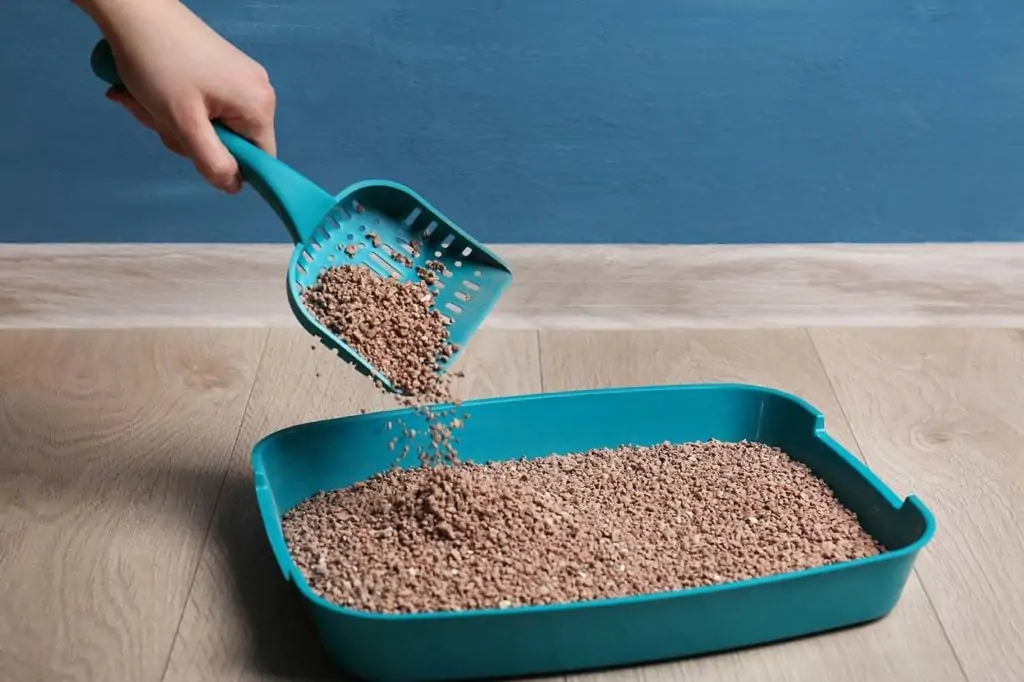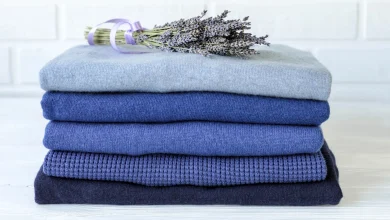The process of creating cat litter, though it may seem straightforward, involves a series of complex and meticulous operations. From the initial stages of raw material sourcing to the final product that ends up in your cat’s litter box, each step is designed to ensure quality, efficiency, and safety. This article offers an in-depth look at the inner workings of a Cat litter factory, exploring how raw materials are transformed into a product that meets the needs of both pets and their owners.
Sourcing and Receiving Raw Materials
Types of Raw Materials
Cat litter factories use a variety of raw materials depending on the type of litter they produce. The most common types include:
- Clay-Based Litters: Typically made from sodium bentonite clay, which is known for its clumping properties.
- Silica Gel Litters: Made from silica crystals, which absorb moisture and control odors.
- Biodegradable Litters: Created from materials such as corn, wheat, or tofu byproducts, which are designed to be environmentally friendly.
Each type of litter requires specific raw materials, which are sourced from suppliers and delivered to the factory.
Inspection and Quality Control
Upon arrival, raw materials undergo a thorough inspection to ensure they meet quality standards. This includes checking for impurities, consistency, and the appropriate size and texture. Quality control at this stage is crucial for ensuring that the final product performs as expected.
The Production Process
Material Processing
The first step in the production process depends on the type of litter being produced:
- Clay-Based Litters: Raw clay is crushed and ground into a fine powder. The material is then mixed with additives to enhance its properties, such as clumping ability and odor control.
- Silica Gel Litters: Silica crystals are processed to achieve the right size and texture. The crystals are then treated to improve their moisture absorption capabilities.
- Biodegradable Litters: For biodegradable litters, the raw materials (such as corn kernels or tofu byproducts) are cleaned, processed into a powder or pellet form, and treated to achieve the desired properties.
Mixing and Formulation
In this stage, the processed raw materials are combined with various additives. These additives might include:
- Clumping Agents: To help the litter form solid clumps when wet.
- Odor Control Agents: To neutralize or mask unpleasant smells.
- Fragrances: To provide a pleasant scent.
The exact formulation depends on the type of litter and the desired performance characteristics. The mixing process is carefully controlled to ensure even distribution of additives and consistency in the final product.
Pelletizing and Shaping
For many types of litter, the mixed material is shaped into pellets or granules. This process involves compressing the material under high pressure to form uniform shapes. Pelletizing is particularly common in biodegradable litters, where the pellets are designed to be both effective and easy to handle.
The shaped material is then dried to remove excess moisture, which helps prevent clumping and ensures that the litter performs well in various conditions.
Quality Control and Testing
Throughout the production process, quality control is paramount. Samples of the litter are regularly tested for key properties such as:
- Absorbency: The ability of the litter to soak up moisture.
- Clumping Ability: How well the litter forms clumps when wet.
- Odor Control: The effectiveness of the litter in neutralizing odors.
- Dust Levels: Ensuring that the litter produces minimal dust.
These tests are conducted in a dedicated quality control lab where advanced equipment is used to measure the litter’s performance. Any issues detected during testing are addressed promptly to ensure that the final product meets the factory’s standards.
Packaging and Distribution
Packaging
Once the litter has passed quality control, it is packaged for distribution. The packaging process involves:
- Weighing and Filling: The litter is measured and filled into bags or boxes. Automated systems ensure that each package contains the correct amount of litter.
- Sealing: The packages are sealed to prevent spills and contamination. Sealing also helps maintain the freshness and quality of the litter.
- Labeling: Each package is labeled with information about the product, including its type, features, and usage instructions.
Warehousing and Distribution
After packaging, the litter is stored in the factory’s warehouse until it is ready for distribution. Warehousing systems are designed to keep the product organized and accessible. When orders are placed, the litter is prepared for shipment and delivered to retailers or directly to consumers.
Sustainability and Innovations
Eco-Friendly Practices
Many Cat litter factory are adopting eco-friendly practices to reduce their environmental impact. This includes:
- Using Recycled Materials: For packaging and other parts of the production process.
- Reducing Energy Consumption: By using energy-efficient equipment and practices.
- Sourcing Sustainable Raw Materials: Such as biodegradable ingredients that minimize landfill waste.
Innovations in Cat Litter
The cat litter industry is continually evolving, with factories investing in research and development to create new and improved products. Innovations include:
- Enhanced Absorbency: Developing new materials and formulations that offer superior moisture control.
- Improved Clumping: Creating litters that form stronger, more durable clumps.
- Natural Additives: Using natural ingredients for odor control and fragrance, reducing the reliance on synthetic chemicals.
Challenges and Solutions
Supply Chain Issues
Cat litter factories often face challenges related to supply chain disruptions, such as delays in raw material delivery or fluctuations in demand. Solutions include:
- Diversifying Suppliers: To reduce reliance on a single source.
- Maintaining Buffer Stocks: To manage fluctuations in raw material availability.
- Optimizing Logistics: To improve efficiency in transportation and distribution.
Meeting Consumer Demands
As consumer preferences evolve, factories must adapt to new trends and demands. This includes:
- Developing Specialized Products: Such as hypoallergenic litters or litters designed for specific types of cats.
- Responding to Feedback: Incorporating customer feedback to improve product performance and satisfaction.
Conclusion
The operation of a cat litter factory involves a complex and highly organized process, from sourcing raw materials to producing and packaging the final product. Each stage of production is carefully controlled to ensure that the litter meets high standards of quality and performance.
As the industry continues to innovate and address environmental concerns, cat litter factories play a crucial role in providing effective and sustainable solutions for pet care. By understanding the intricate operations behind the scenes, consumers can gain a greater appreciation for the effort and expertise that goes into creating the litter that helps keep their feline friends comfortable and happy.





